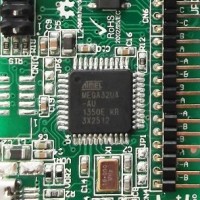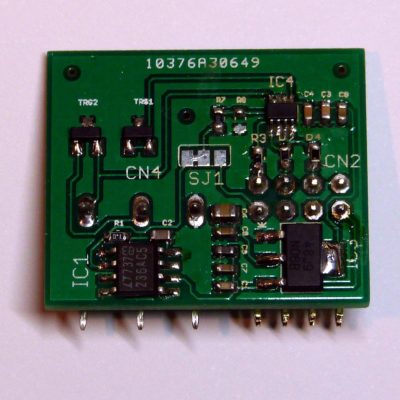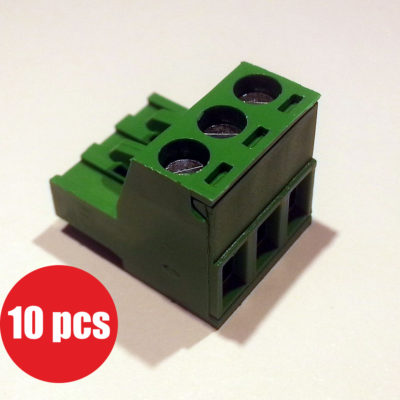In the default configuration, the Archiduino Motherboard comes with two opto isolated inputs placed on module 12 (M12A and M12B). Besides, every module of the motherboard can be configured to run with opto isolated inputs, just soldering needed components on dedicated places. (more…)
LCD I2C Bus with keyboard – PCF8574 version. The PCF version differs, compared to the 4-bit version, by the smaller number of control signals (SCL, SDA). As a result you will have a greater number of signals available for the I/O channels. (more…)
Archiduino is a platform open-source (and open-hardware) with a modular programmable controller, 100% software compatible with Arduino Leonardo. On our CPU we have implemented some useful resources that, in the case of Arduino, would be available only by mounting one shield expansion. They are a real-time clock, an external EEPROM, an SD card (optional) and the predisposition for connection with our LCD board that also implements 4 keys. (more…)
Description
The RS-485 Serial Communication SnipCard allows to communicate in balanced digital multipoint systems with RS-485 standard. Iit can be used effectively over long distances and in electrically noisy environments. Multiple receivers may be connected to such a network in a linear, multi-drop configuration. These characteristics make such networks useful in industrial environments and similar applications. (more…)
Description
This SnipCard can handle two 1-Wire channels or one I2CBUS channel. The card is designed to fit specific components for two opto-isolated outputs (optional mode). (more…)
The Dual Channel DAC (digital to analog converter) SnipBoard in the basic version is equipped with two outputs made to drive external devices with digital signals from CPU. The maximum voltage of both outputs is set to 10 Vdc with a current of max 5 mA. (more…)











